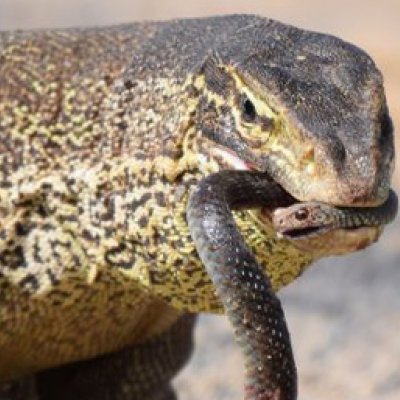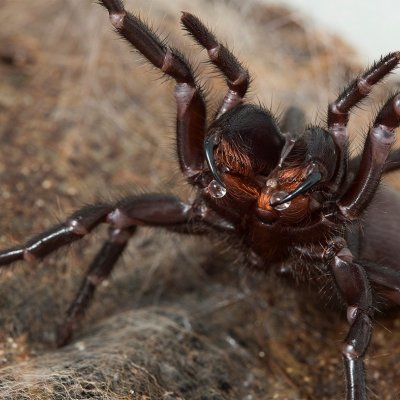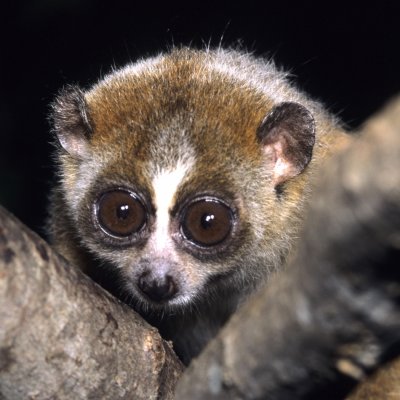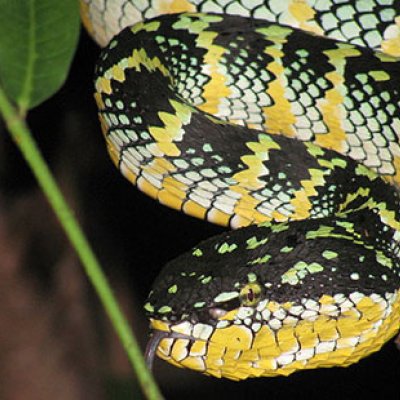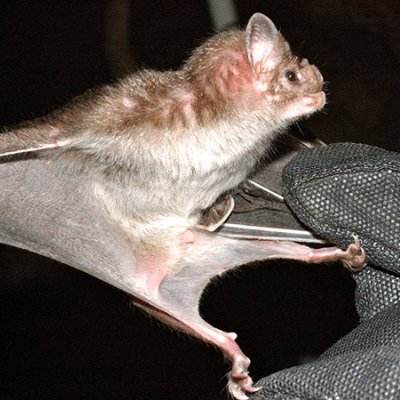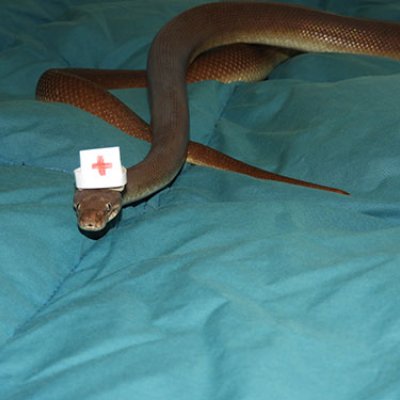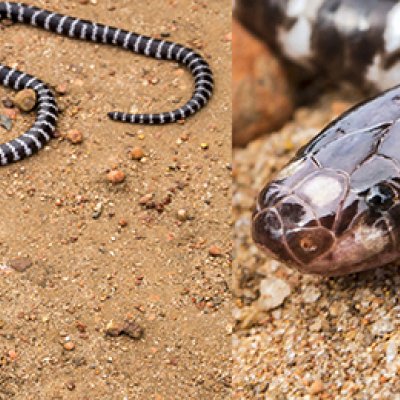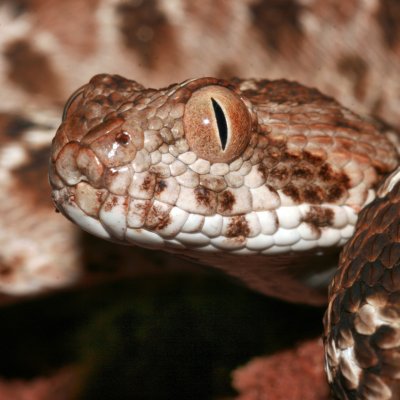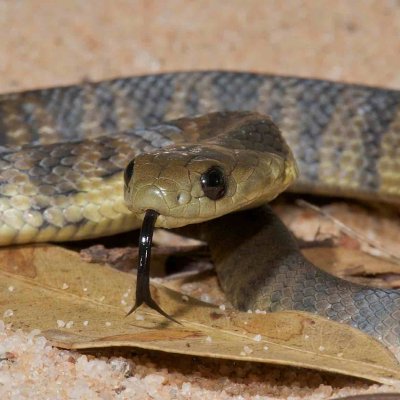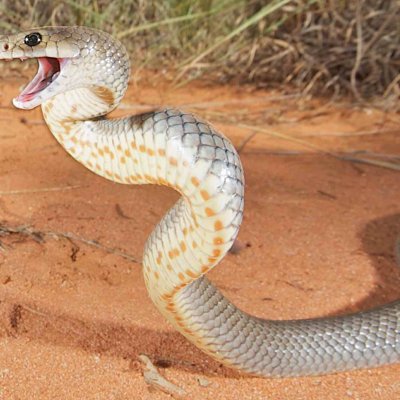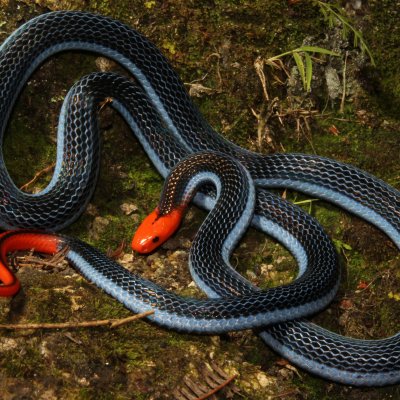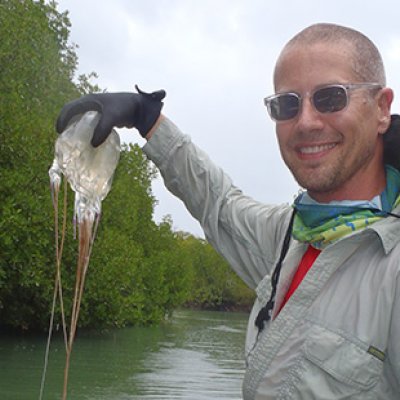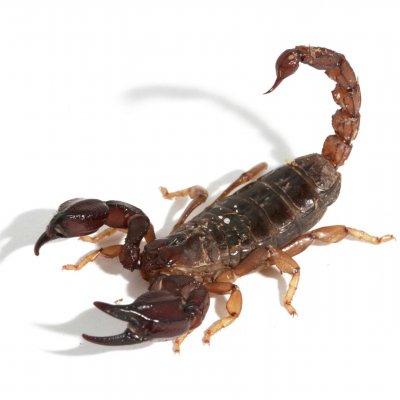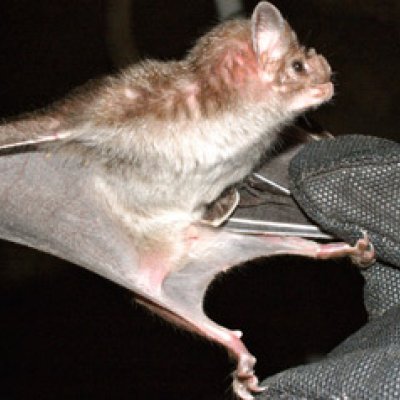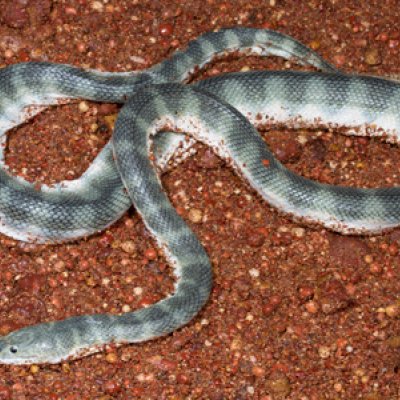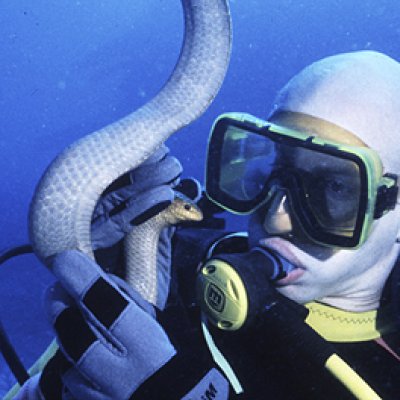A University of Queensland-led study has shed light on how some lizards have evolved to resist deadly neurotoxins from Australia’s most venomous snakes.
26 March 2024A team of University of Queensland researchers has revealed why male funnel web spiders develop much deadlier venom than their female counterparts.
22 September 2020Research into the toxin of the world’s only venomous primate, the slow loris, is shedding light on the potential origins of the allergic qualities of cats.
5 February 2020Animal testing will no longer be required to assess a group of deadly neurotoxins, thanks to University of Queensland-led research.
29 October 2019Vampire bats could hold the key to new treatments for a range of serious medical problems, but researchers have hit a snag accessing the specimens needed to advance their work.
15 January 2019University of Queensland experts are available for comment on the current seasonal increase in snake numbers and the impacts on people and pets.
26 October 2018The ink has not yet dried on a scientific paper describing a new species of snake, yet the reptile may already be in danger of extinction due to mining.
16 July 2018University of Queensland researchers have found that antivenoms produced using snakes from one region may perform poorly or fail completely against the same species of snakes from other regions.
4 September 2017Australian tiger snakes have “hit the jackpot” because prey cannot evolve resistance to their venom.
22 August 2017Various types of lizard venom are being studied as possible treatments for blood clotting diseases that lead to millions of cases of stroke, heart attack and deep-vein thrombosis annually.
8 August 2017The “blood nuking” capabilities of adult brown snake venom only come about after an amazing transformation.
16 May 2017One of the world’s most beautiful and venomous snakes has a venom unlike that of any other snake, research involving University of Queensland scientists has revealed.
31 October 2016An international research team led by University of Queensland venomologist Associate Professor Bryan Fry has developed a new technique for ‘milking’ box jellyfish to extract deadly venom for the development into lifesaving drugs.
11 August 2015Australia is home to many venomous creatures and boasts some of the world’s most deadly, but a particular group of venomous Aussies had been almost entirely ignored.
13 December 2013A team led by a University of Queensland researcher has proven that the fearsome Komodo dragon is a victim of bad press.
25 June 2013Vampire bat venom could hold the key to new treatments for stroke and high blood pressure.
20 June 2013A University of Queensland researcher has found the potential for Australian doctors to prescribe expensive antivenom to snake bite victims who don’t need it.
15 April 2013Scientists have discovered that the lethal beaked sea snake is actually two species with separate evolutions, which resulted in identical snakes.
19 November 2012Scientists have discovered a new species of sea snake in the Gulf of Carpentaria, northern Australia, which is unique in having raised scales.
21 February 2012The University of Queensland topped the nation in the prestigious Australian Research Council Future Fellowships announced today, being awarded 31 fellowships worth a total of more than $22 million.
17 November 2010